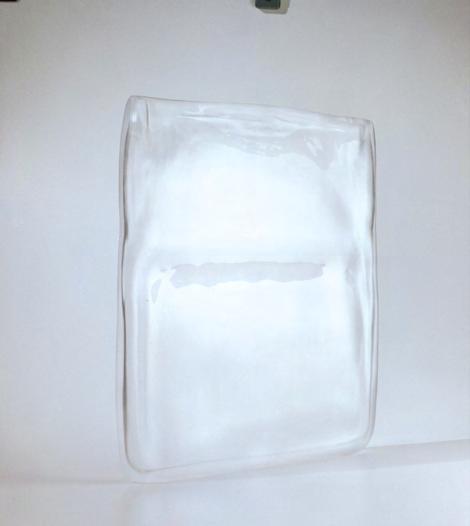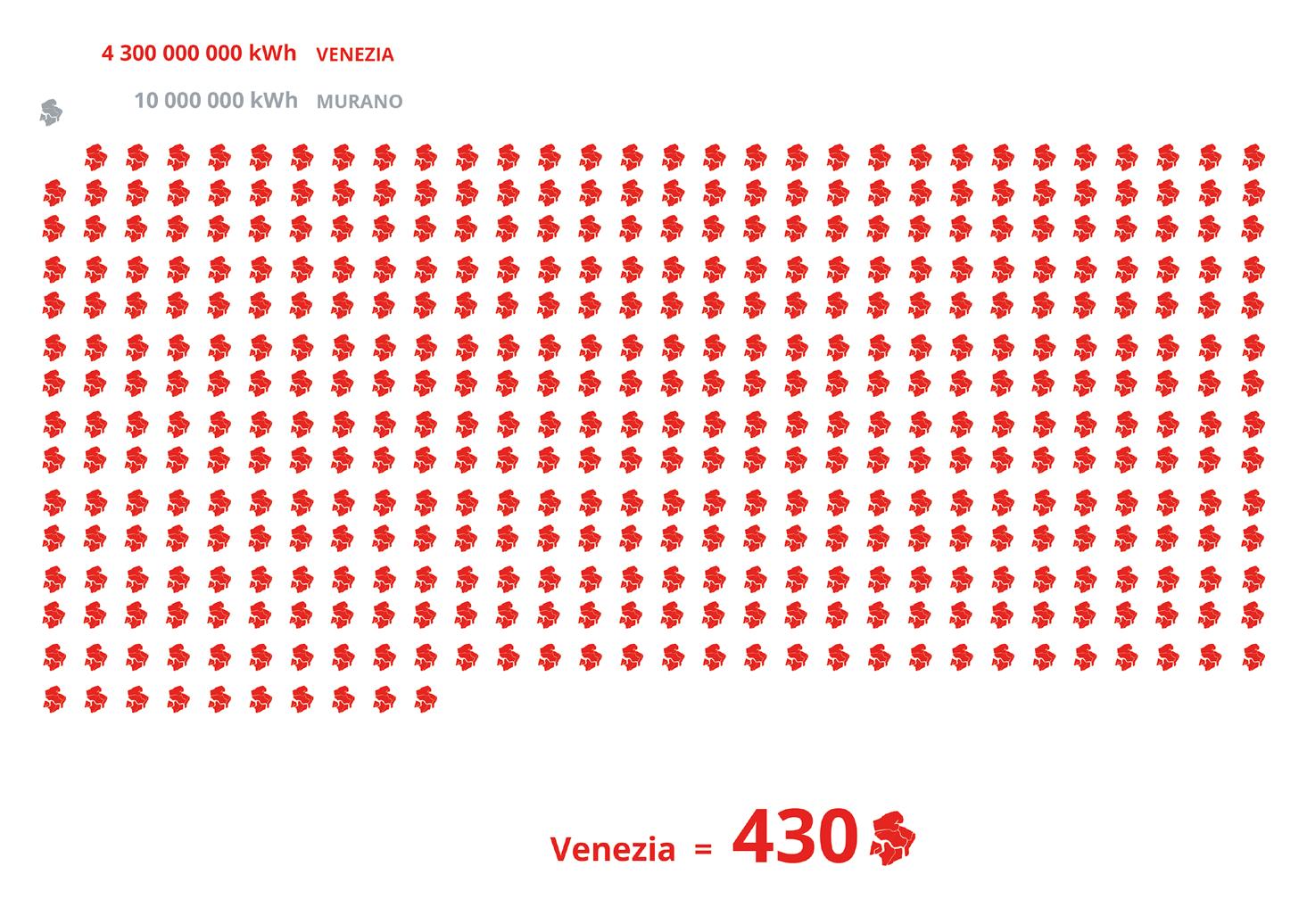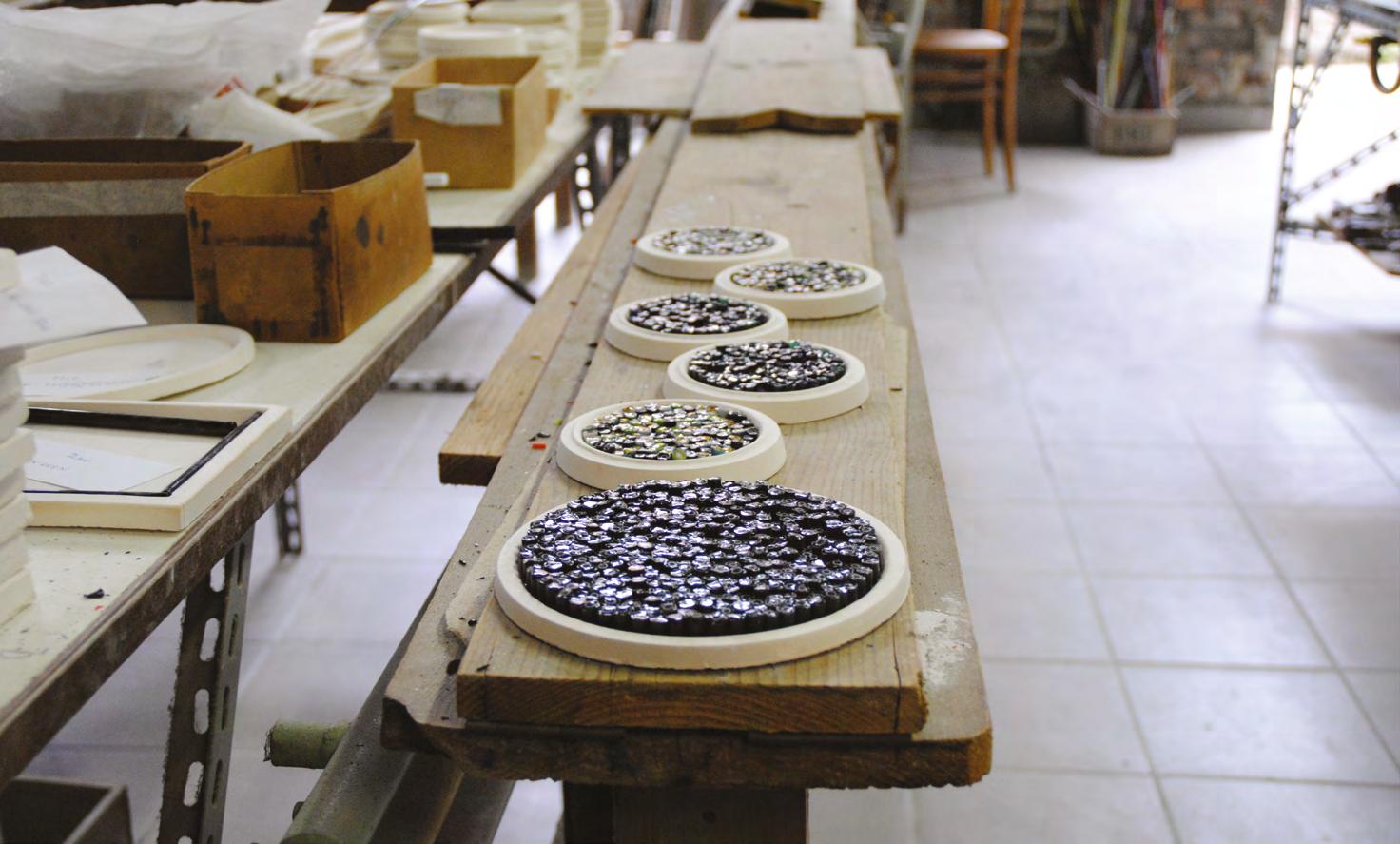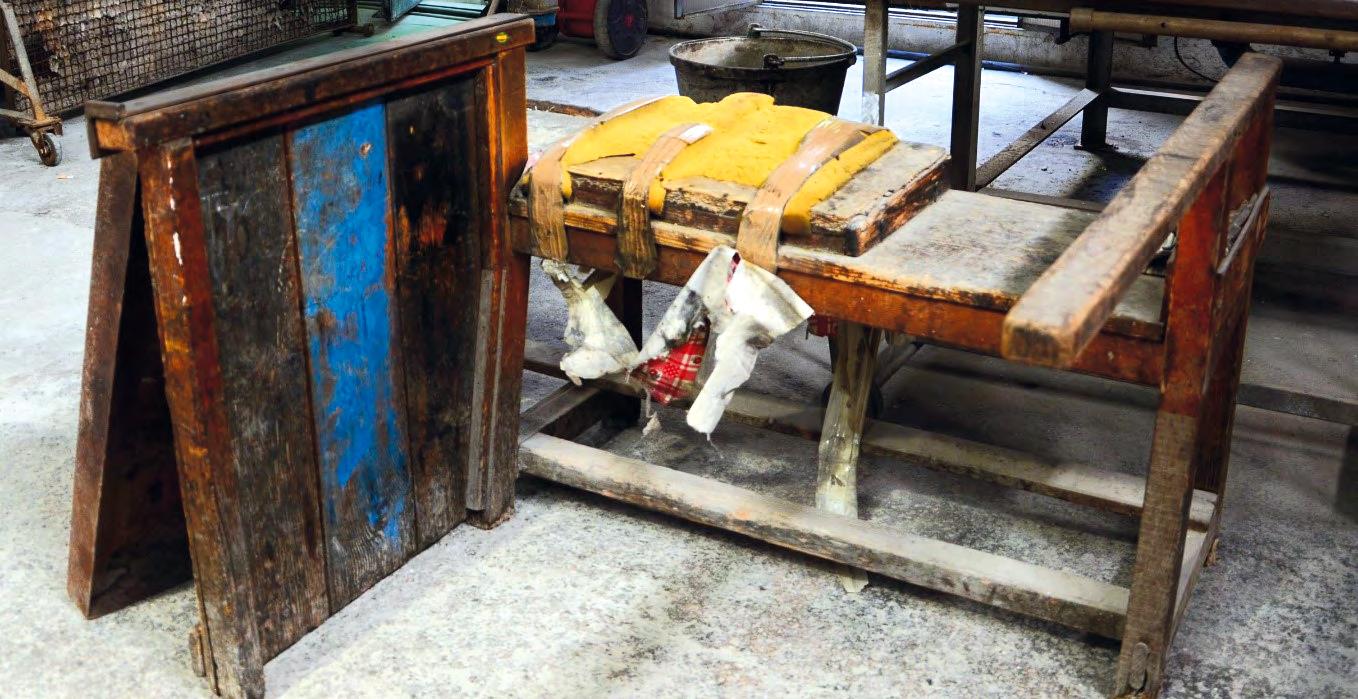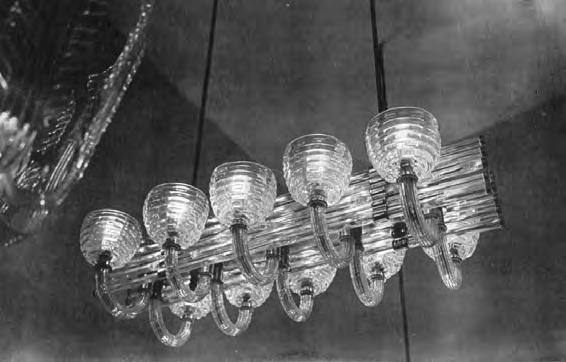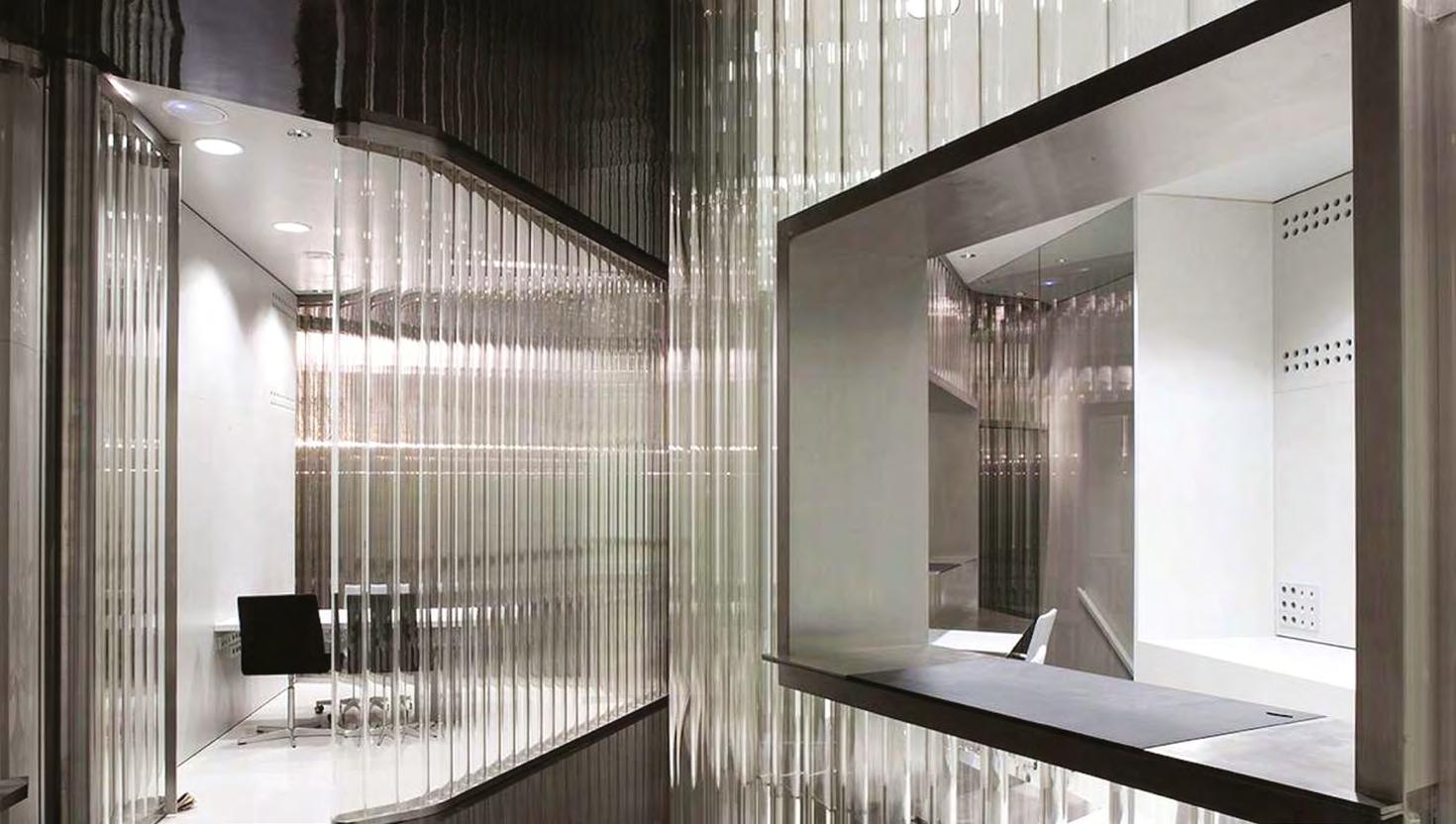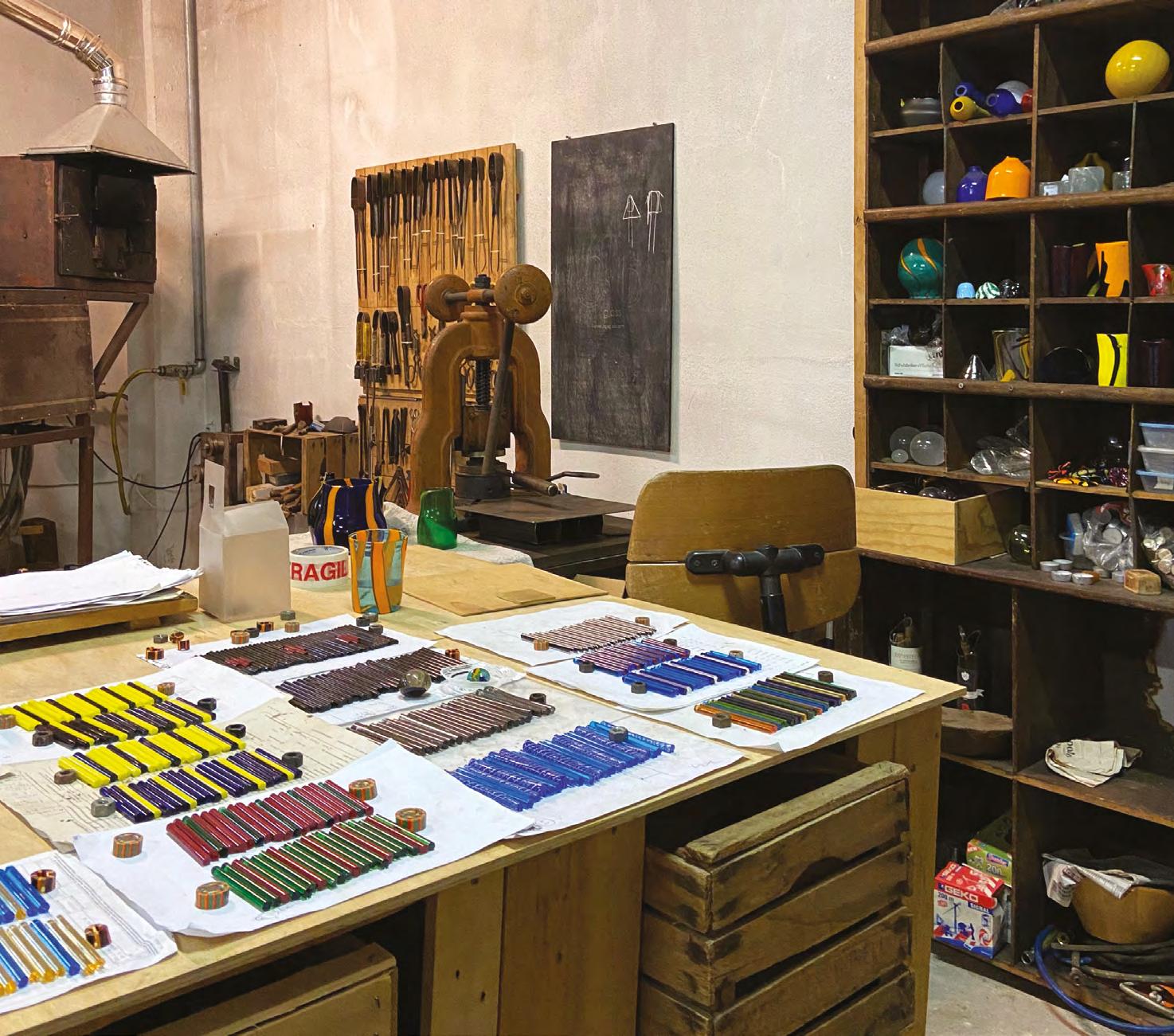
6 minute read
Glass and Architecture
MARIA ANTONIA BARUCCO
The cultural aspects of the project cross fields and touch upon different areas, and the work of the innovators transforms what is experimental research into practical and valuable innovation. The contributions presented here describe glass technology and its connections with various fields and take stock of the relationship between business, experimentation and research; processes and products useful for the near future; and projects and products that have marked the development of glass technology.
The papers describe a form of architectural design that is closely linked to materials and is shaped by the history and culture of people, territories and companies: the balance between history and innovation; the cultural references and the character that a technology can help to anchor in the design of places; the strong connection between production and economies, between designs and needs, between thought and technique. At the same time, the nexus between the study of a material and architectural design is technology.
The entire call for papers of ANTIFRAGILE GLASS is strongly linked to the themes of science and technology, but there are profound and manifold cross-references to the humanities, history and environmental awareness, which affects every field of research as well as representing a real and pressing shared need.
ANTIFRAGILE GLASS has its roots in the Venetian lagoon and the factories of Murano: places where the boundary between art, myth, technology and production becomes so blurred that it loses its meaning. Art and technology blend like glass in furnaces and become unique objects in the hands of master glassmakers. And the production of glass that is both industrial and artisanal is in itself mythical, known the world over for its alternating fortunes, discoveries and innovations as well as for the unique beauty of its creations.
Thus, the ANTIFRAGILE GLASS call for papers is open to the framework in which technology is the dominant element, which makes explicit the aim of
keeping the industry running. ANTIFRAGILE GLASS also addresses the myth – everything that glass has conveyed since the dawn of time, and which has nothing to do with the mechanisms and supply chains to which it belongs or to which it is accountable for its choices.
Reading the papers reveals how technology connects these two opposing visions. Architectural design is the field of application and articulation of the historical, scientific, cultural and experimental analyses; the conference, the exhibition and this publication offer those who responded to the call for papers a useful forum for discussion.
Writing a preface to these papers means emphasising different points of view and shared roots. It also means interpreting a discourse and helping to recognise the considerable interest there is in working in the context of boundaries, between technology and myth of glass in the past, the present and the near future.
This future is certainly influenced by the issue of energy, which will drive major choices in both the design of glass products and the design of glass production processes.
On the first aspect, which is almost completely unexplored, Campioli, Dalla Valle and Lavagna focus on research that is both promising in terms of its findings and highly relevant to the construction sector: they offer an analysis of LCA and EPD environmental impact data related to glass products for windows. The paper defines a number of principles that are fundamental to the development of research on these issues: “identifying reference values, verifying any differences between the internationally recognised datasets and the data of producers, and disclosing the percentage increase that results from the various types of glass processing”. The issue of embodied energy and waste reduction in production are themes that also recur in different contexts: Barucco, Cattaruzza and Silverio analyse production and waste in Murano glassworks through the lens of the circular economy. And it is to this research and the provocative nature of the proposed theme that we effectively owe the triggering of a series of interests and dialogues that have taken shape in the organisation of ANTIFRAGILE GLASS.
The highly energy-intensive glass manufacturing industries are a key focus of attention in the energy cost debate that has dominated discussions in recent months. However, for some time now, these industries have been committed to understanding how they can innovate and evolve production systems that use energy from fossil fuels. Trulli offers a historical reading of the manufacturing processes and innovations developed in Europe, but with a global outlook. Marfella presents an accurate and compelling analysis of a business that he defines as “fragile” and describes the Impact of the 1970s Energy Crisis on the American Glass Industry. Marfella illustrates “the vital relationship of the glass industry with the global economics of energy and its business repercussions for the development of architectural products with better environmental performance”.
But glass is more than just production, energy and industry: the boundary between magic and concreteness that characterises working and designing with glass is aptly described by Ishida. Her paper highlights meticulously crafted details of the Glass Pavilion built in Toledo (the American city of glass) by SANAA: “When glass is experienced in motion under changing light, the perception of it is not simply as transparent but is a specific kind of transparency that can be called blurred. A mix of mechanical and structural engineering, light design and sensibility make magic the architecture described and its description”.
And undoubtedly the values of glass in architecture and its meanings profoundly influence design choices: Scannagatta describes “how the technological advancement of glazing changes cities’ identity”. The example of Dubai is certainly one of the most stunning in the world and the contribution published here “analyses how the technical advancement of glass façades can change the skyline of cities through the example of Dubai”. Cellucci and Marradi cast their gaze towards an even more distant horizon: “technology hybridisation should aim at multi-performance variable glazing. The authors describe the trend in which sheets of glass become a variable multi-performance system with the aim of creating highly usable and accessible products. The cross-pollination of creative forms, adaptive façades and new uses of glass are stressed in this paper”.
In this context, Venice is once again an example. It was an example at the beginning of this discussion on glass technology, when the energy, technical and analytical aspects of environmental sustainability assessments were addressed. It was also (and perhaps above all) an example in its conclusion, in developing a linguistic experiment that allows architectural design to appropriate what is usually considered waste but which can become the material that enhances an object, a space and a place. The projects described by Romero and Lorens have the merit of transforming an emergency into cultural signs capable of enhancing places that are in themselves emblematic, enriching them with a range of profound meanings and renewed environmental awareness. This is thanks to the ability that a design workshop develops in designing and offering products that translate contemporary values into designs, forms and objects that determine the architecture of places. The set of papers presented in this section proves that talking about glass using Venice as a catalyst for ideas around the future means creating a short circuit between technology and myth. Working on ANTIFRAGILE GLASS meant placing ourselves in this context, accepting and welcoming new ways of thinking. Venice is a place that may also be difficult but is certainly unique (as well as magnificent). A place to develop new ideas, stimulate supply chains and nurture myths: ancient and recent, of history, innovation and development. A place that is not a territorial boundary but an amplifier of similarities and different ideas; a place where new approaches to technology can be developed and goals to aspire to can be set, including having the courage to propose visions that are as extraordinary and revolutionary as the myths of its past.
20

